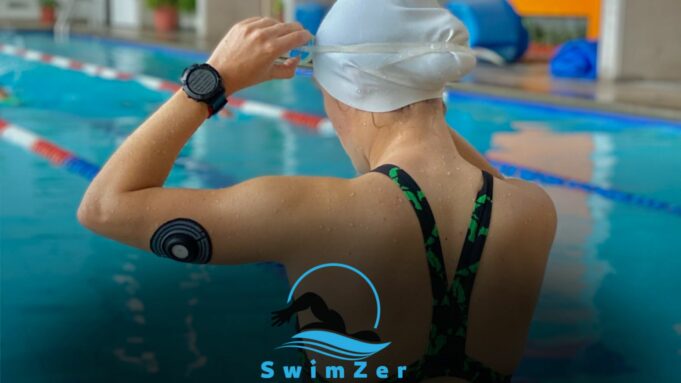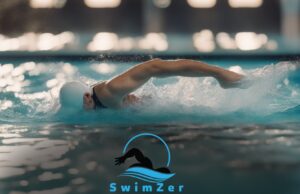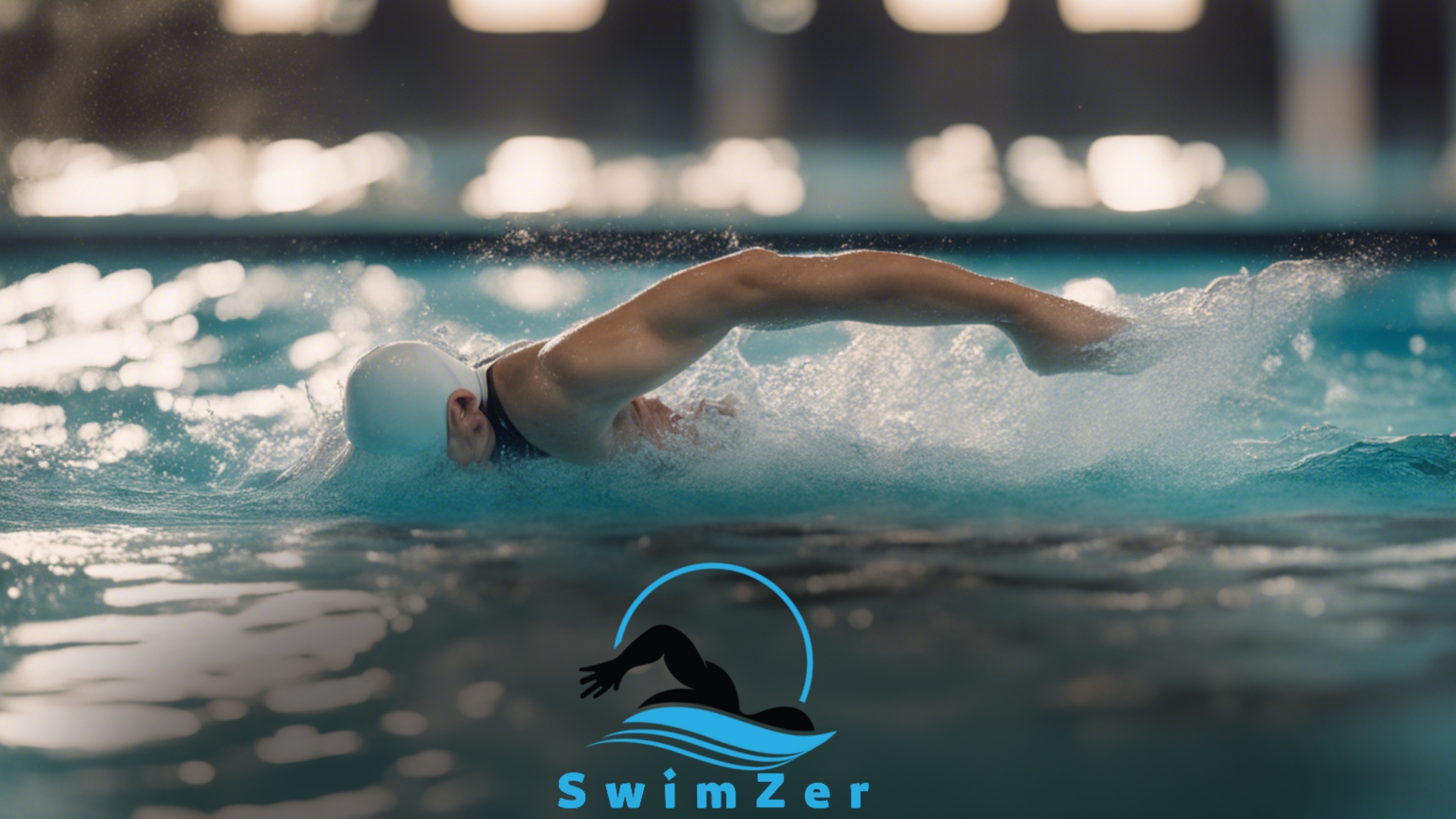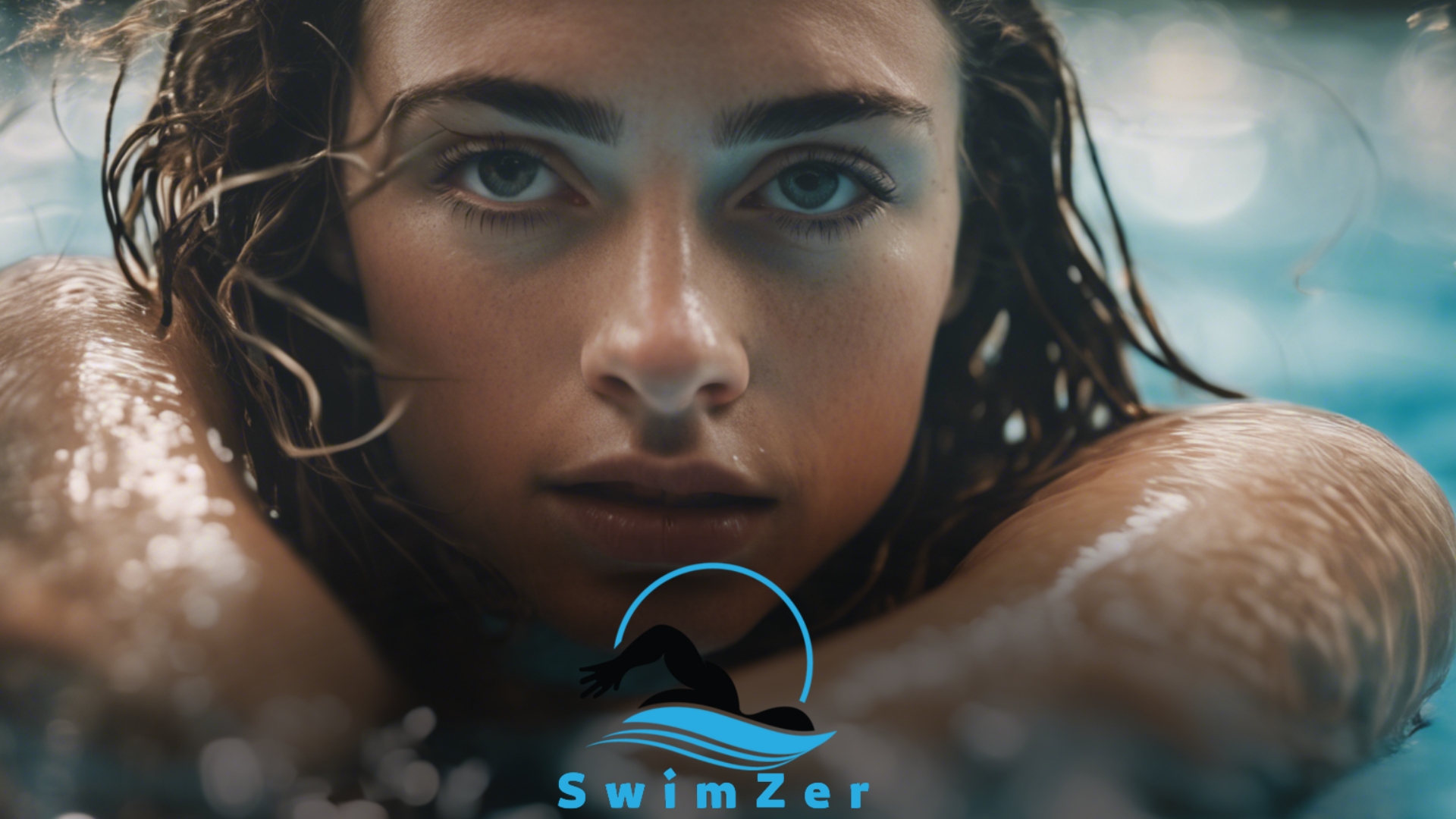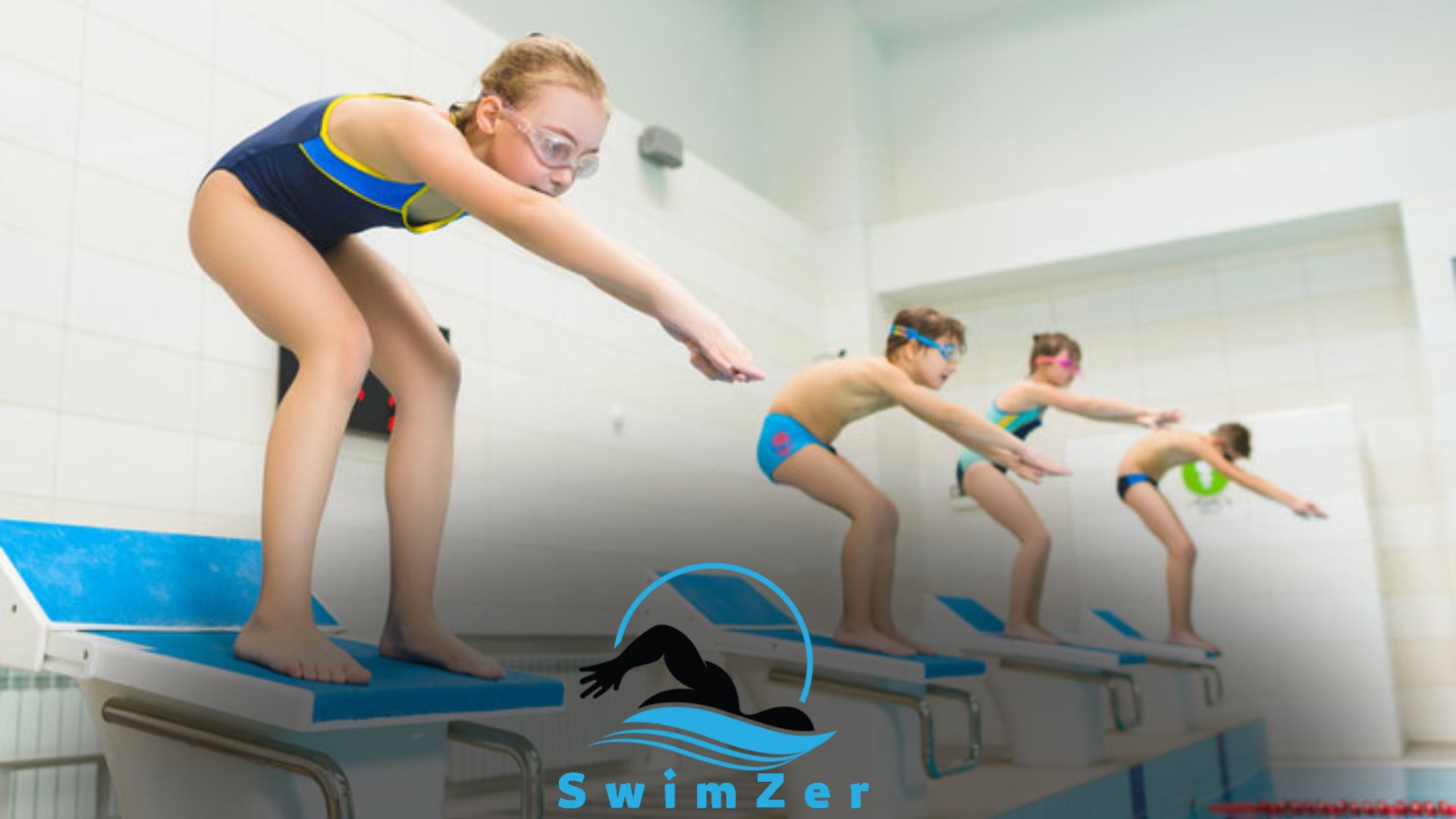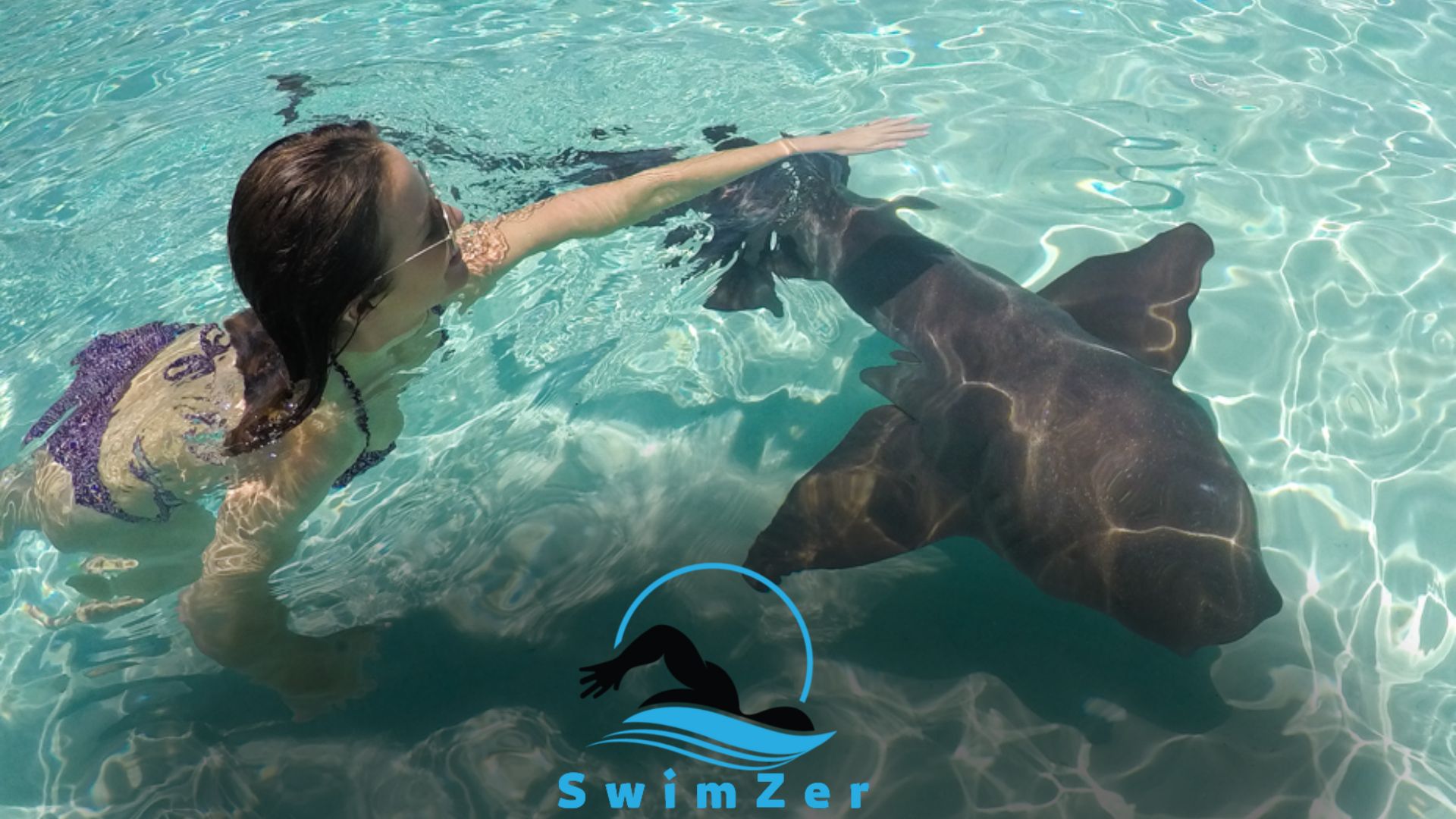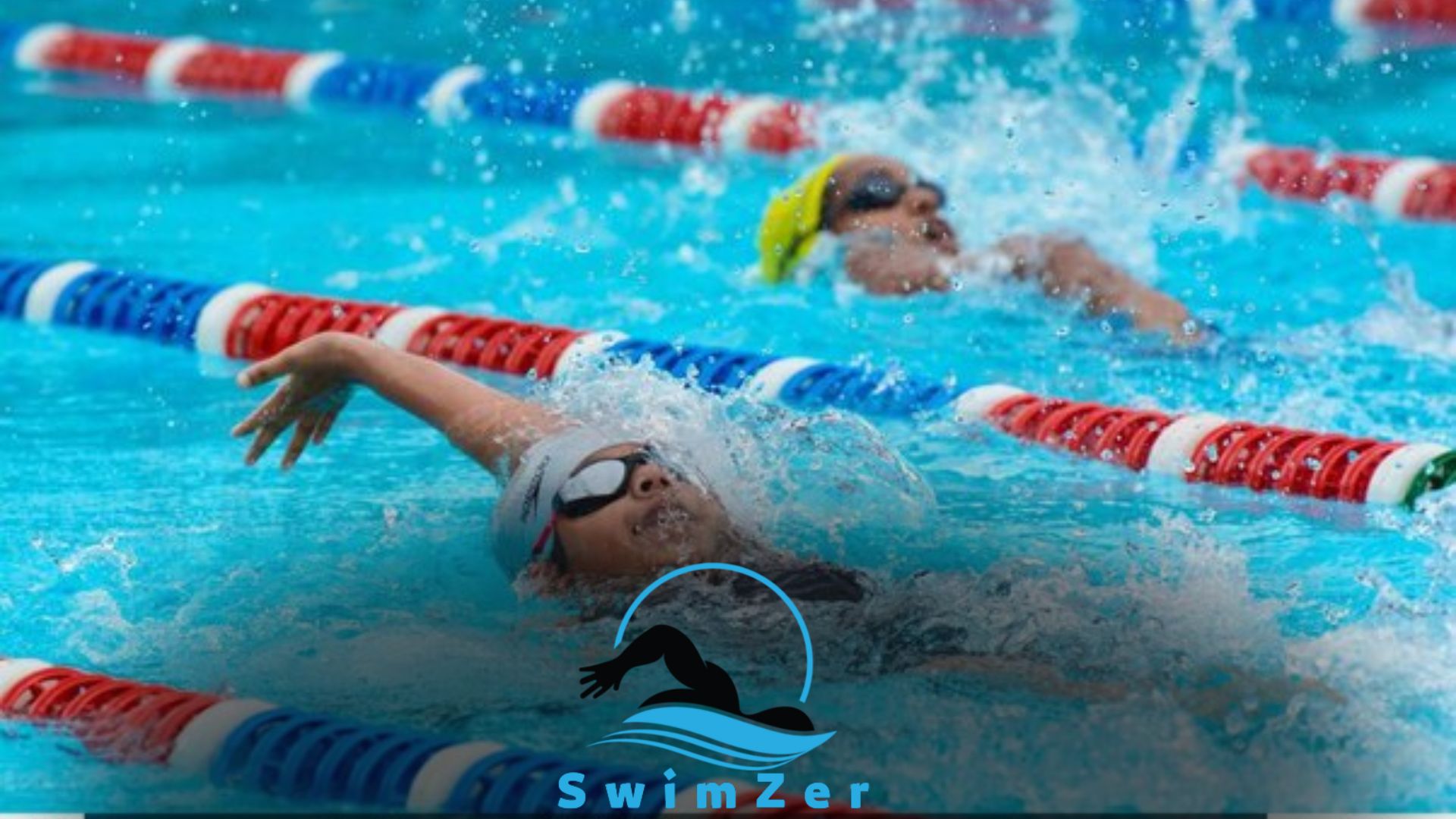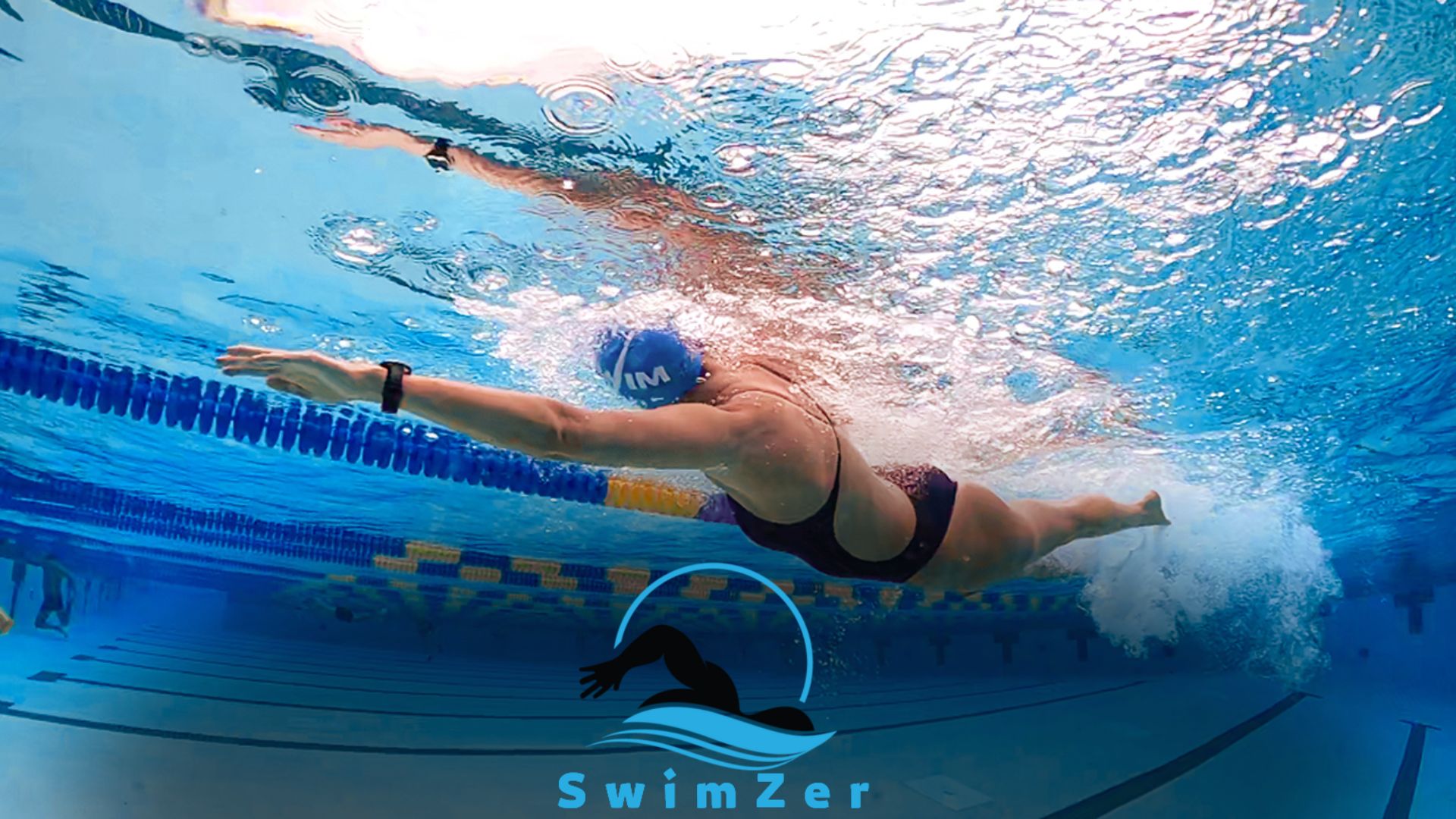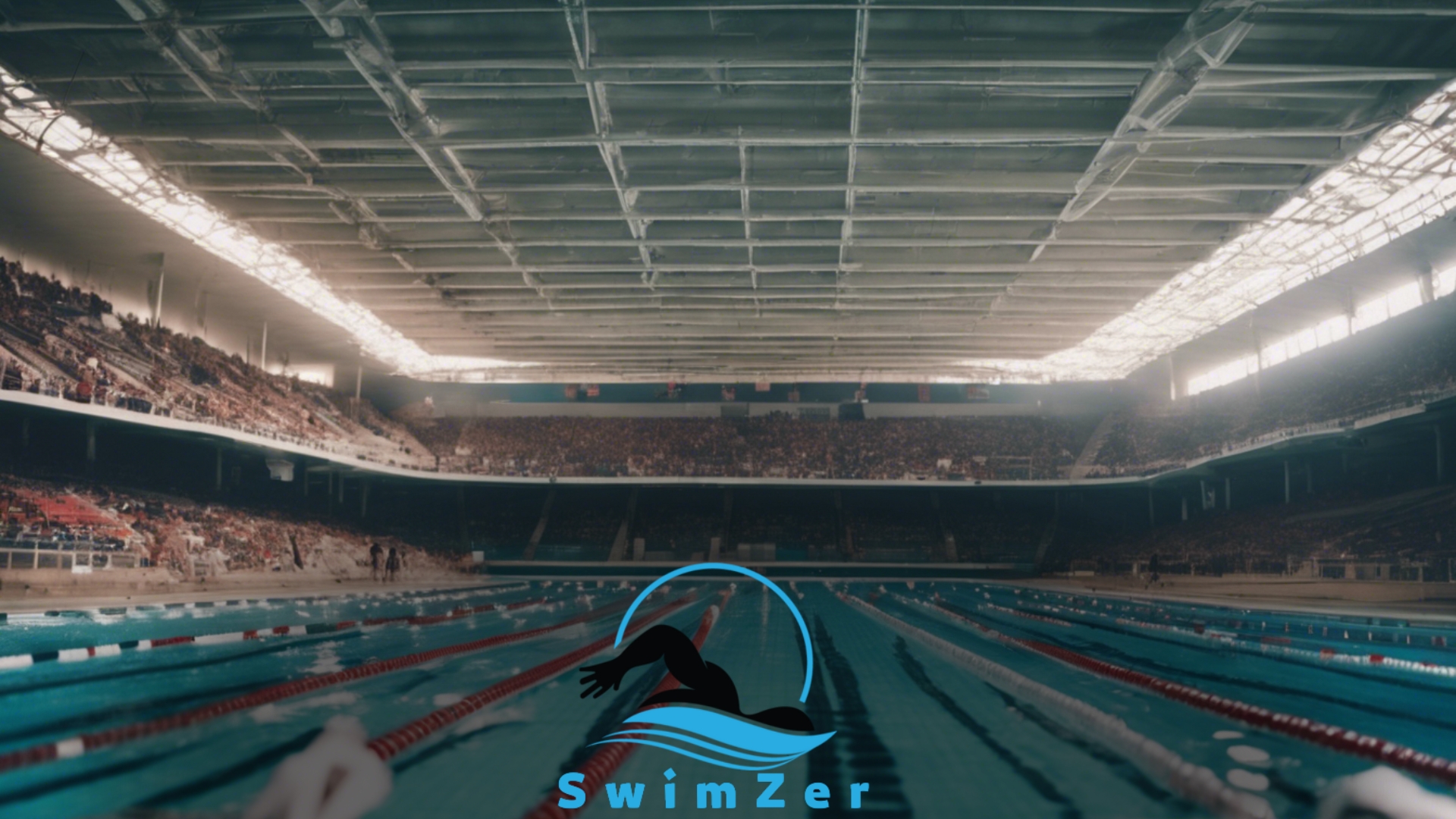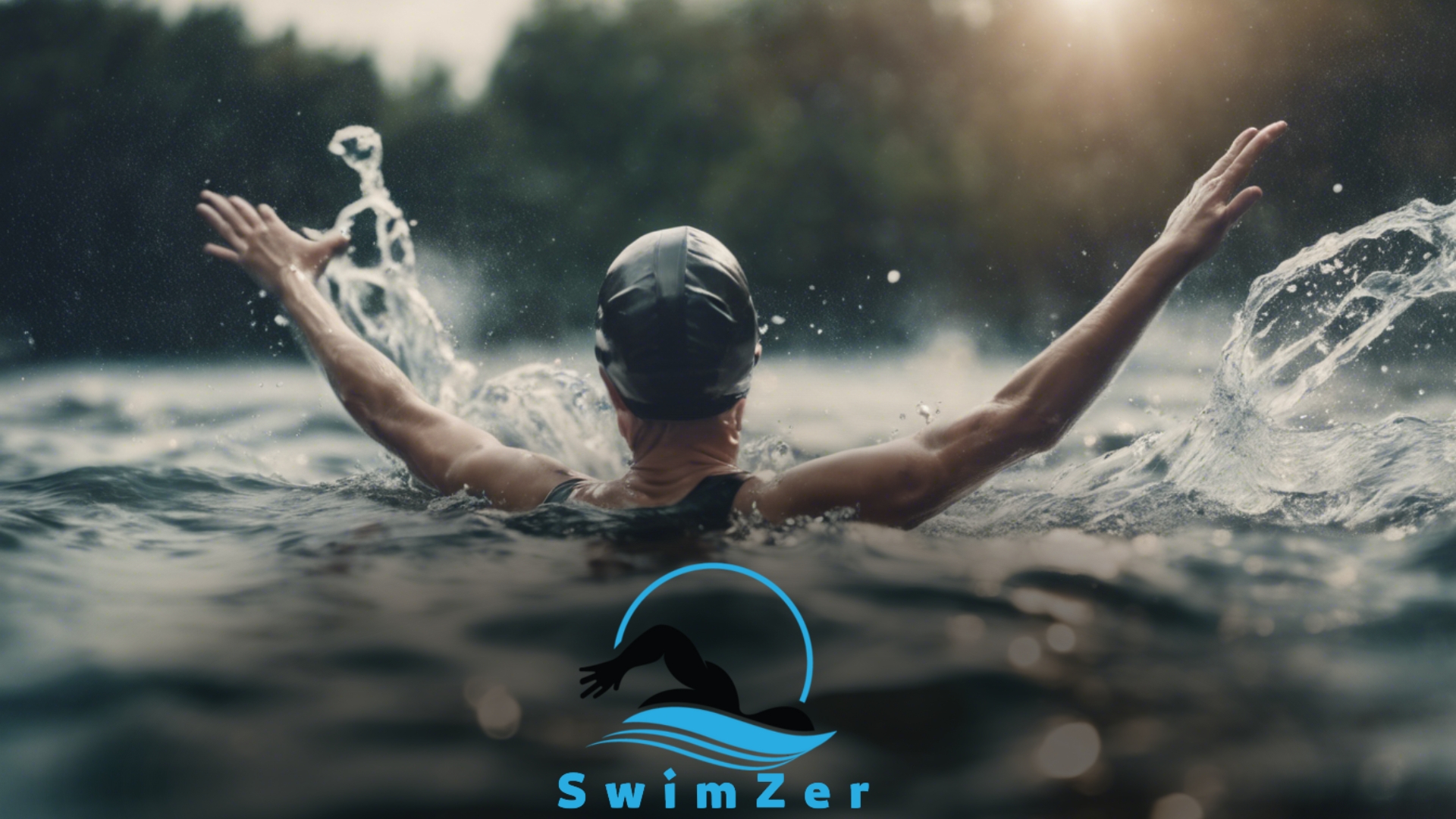Continuous Glucose Monitors (CGMs) have become a crucial tool for people with diabetes. These devices provide real-time data on glucose levels in the body, allowing individuals to manage their condition better. However, with the increasing popularity of swimming and water sports, a common question arises: Can you swim with a CGM?
The answer is YES, you can swim with a CGM. Most modern CGMs are designed to be water-resistant and can withstand exposure to water for a certain period. This means you can wear your CGM while swimming without worrying about damaging it.
Water Resistance Ratings
Not all CGMs have the same level of water resistance. The degree to which a CGM is water-resistant can vary depending on the brand and model. Most CGM manufacturers provide water resistance ratings that indicate how long the device can be exposed to water and at what depth.
For example, some CGMs have an IP67 rating, which means they can withstand immersion in water up to 1 meter for up to 30 minutes. Others may have an IPX8 rating, indicating that they can be submerged in water beyond 1 meter for an extended period.
Precautions to Consider
While you can swim with a CGM, there are a few precautions you should take to ensure the longevity of your device and the accuracy of your readings:
- Check the manufacturer’s guidelines: Before taking your CGM into the water, review the manufacturer’s guidelines and user manual for specific instructions or limitations regarding water exposure.
- Secure the sensor: Make sure the sensor is properly adhered to your skin before swimming. Consider using additional adhesive or waterproof tape to ensure it stays in place during water activities.
- Protective gear: While a CGM is designed to be water-resistant, wearing additional protective gear, such as a waterproof armband or a swimming cap, can provide extra protection against water damage.
- Maintain good hygiene: After swimming, thoroughly dry the CGM and the surrounding area to prevent skin irritation or infection. Keeping the sensor site clean and dry is essential to maintain accurate readings.
Benefits of Swimming with a CGM
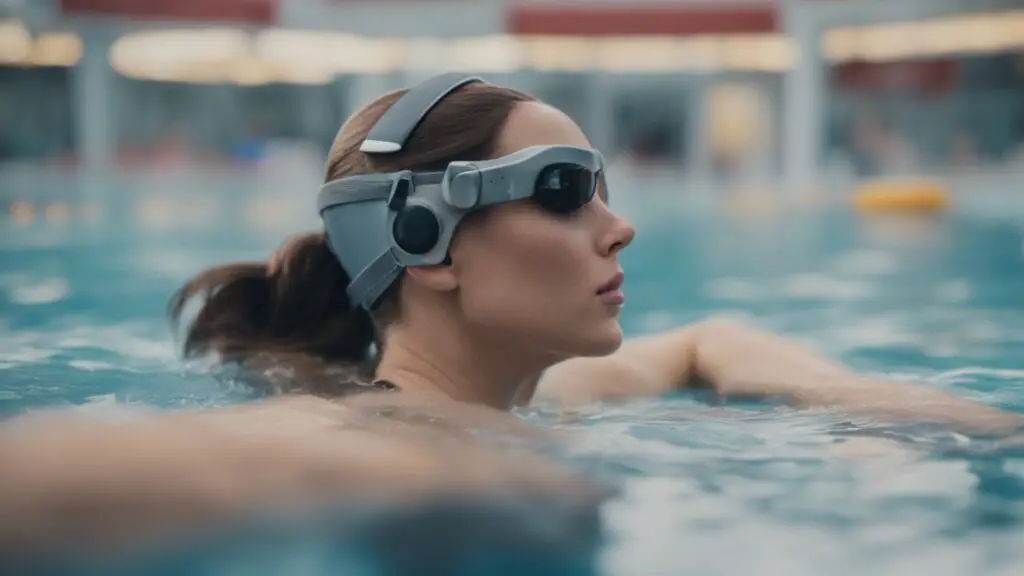
Swimming with a CGM offers several benefits for individuals managing their diabetes:
- Continued glucose monitoring: You can monitor your glucose levels, even during exercise or recreational activities, by wearing your CGM while swimming.
- Insight into swimming’s impact on glucose levels: Swimming can affect glucose levels differently than other exercises. By analyzing the data collected by your CGM during swimming, you can gain insight into how this activity affects your glucose levels.
- Improved diabetes management: Swimming is an excellent way to manage diabetes as it helps maintain a healthy weight, reduces stress, and improves cardiovascular health. By combining swimming with CGM data, you can make more informed decisions about your diabetes management routine.
- Peace of mind: With a CGM, you do not have to worry about checking your glucose levels manually while swimming or being away from your traditional monitoring tools. The CGM provides constant real-time updates on glucose levels, allowing you to relax and enjoy your swim.
In conclusion, swimming with a CGM is generally safe and feasible. However, it is important to check the water resistance rating of your specific CGM model and follow the manufacturer’s guidelines to ensure the device’s proper functionality.
With a few precautions, swimming with a CGM can be a valuable way to manage diabetes while staying active and enjoying water-related activities.

